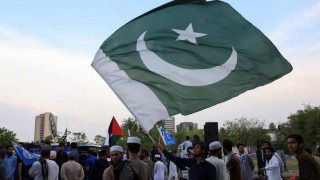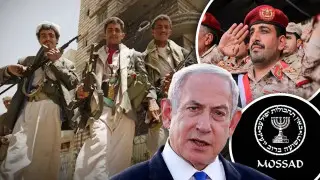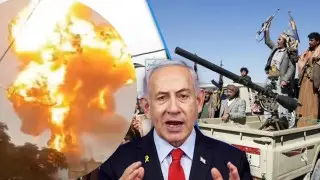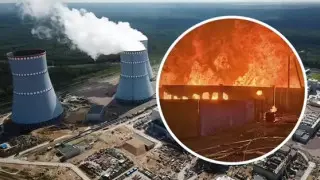
America Admits to Using India as Pressure Point on Russia (Social Media)
International News:The United States has showcased a hardline stance by imposing secondary tariffs on India, a move intended to indirectly pressure Russia into halting its ongoing war in Ukraine. Rather than being justified on economic grounds, this decision is a calculated geopolitical maneuver. US Vice President JD Vance openly admitted this in a recent interview, making it clear that India has become a target in Washington’s wider strategy to weaken Moscow’s energy-dependent economy.
Speaking on NBC News’ program Meet the Press, Vance revealed that President Donald Trump has resorted to “aggressive economic pressure” on New Delhi. According to him, secondary tariffs on Indian imports are aimed at undermining Russia’s oil-based revenue streams. “The idea is to make it difficult for the Russians to get rich from their oil economy,” Vance said, underlining that these measures are designed to limit Moscow’s ability to fund its military operations in Ukraine.
Vance further argued that if Russia halts its bombing campaign, it could eventually be reintegrated into the global economy. However, if the violence continues, Washington’s strategy will be to keep Moscow isolated. He also hinted at “significant concessions” being observed in the weeks following Trump’s recent meeting with Russian President Vladimir Putin, raising hopes for some form of negotiation.
What has surprised many observers is the US administration’s selective criticism. While Washington has strongly attacked New Delhi for purchasing discounted Russian crude oil, it has remained noticeably silent on China, which remains the largest buyer of Russian energy. India, on its part, has consistently rejected US accusations, arguing that buying energy from Russia is an economic necessity and also contributes to global price stability.
New Delhi has also pointed out that its oil trade is fully legitimate and transparent. Indian officials emphasize that Western sanctions on Moscow forced Russia to seek alternative buyers, and India merely took advantage of lower market prices following the February 2022 invasion of Ukraine.
The secondary tariffs are the latest flashpoint in already strained India-US trade relations. President Trump had earlier doubled tariffs on Indian goods to 50 percent, with an additional 25 percent levy specifically linked to India’s Russian crude purchases. These measures have hit key Indian exports and triggered discontent in New Delhi.
Despite these tensions, Washington continues to push for closer cooperation. During a visit to Jaipur in April, Vance urged India to dismantle non-tariff barriers, grant wider access to American businesses, and expand defense and energy partnerships with the US. He projected a roadmap for a “prosperous and peaceful” 21st-century relationship between the two democracies.
For now, however, ties between the two nations appear increasingly fragile. India has made it clear that its energy policy will remain guided by national interest rather than external pressure. While the US sees secondary tariffs as a lever against Russia, New Delhi perceives them as an unjustified economic burden that undermines trust in the partnership.
As Washington escalates its tariff measures and New Delhi pushes back, the future of India-US relations hangs in the balance—caught between the competing demands of strategic cooperation and global power politics.













Copyright © 2025 Top Indian News
